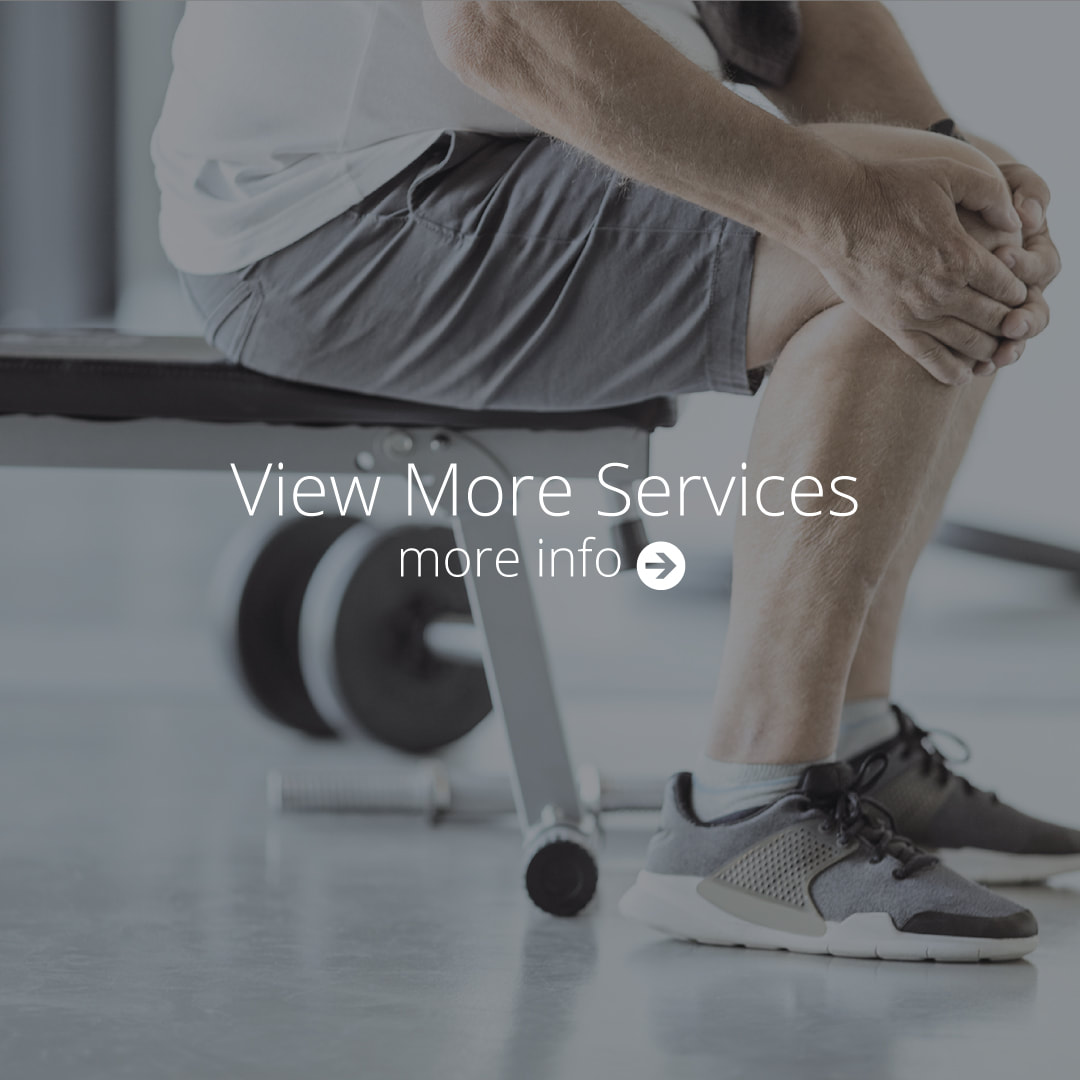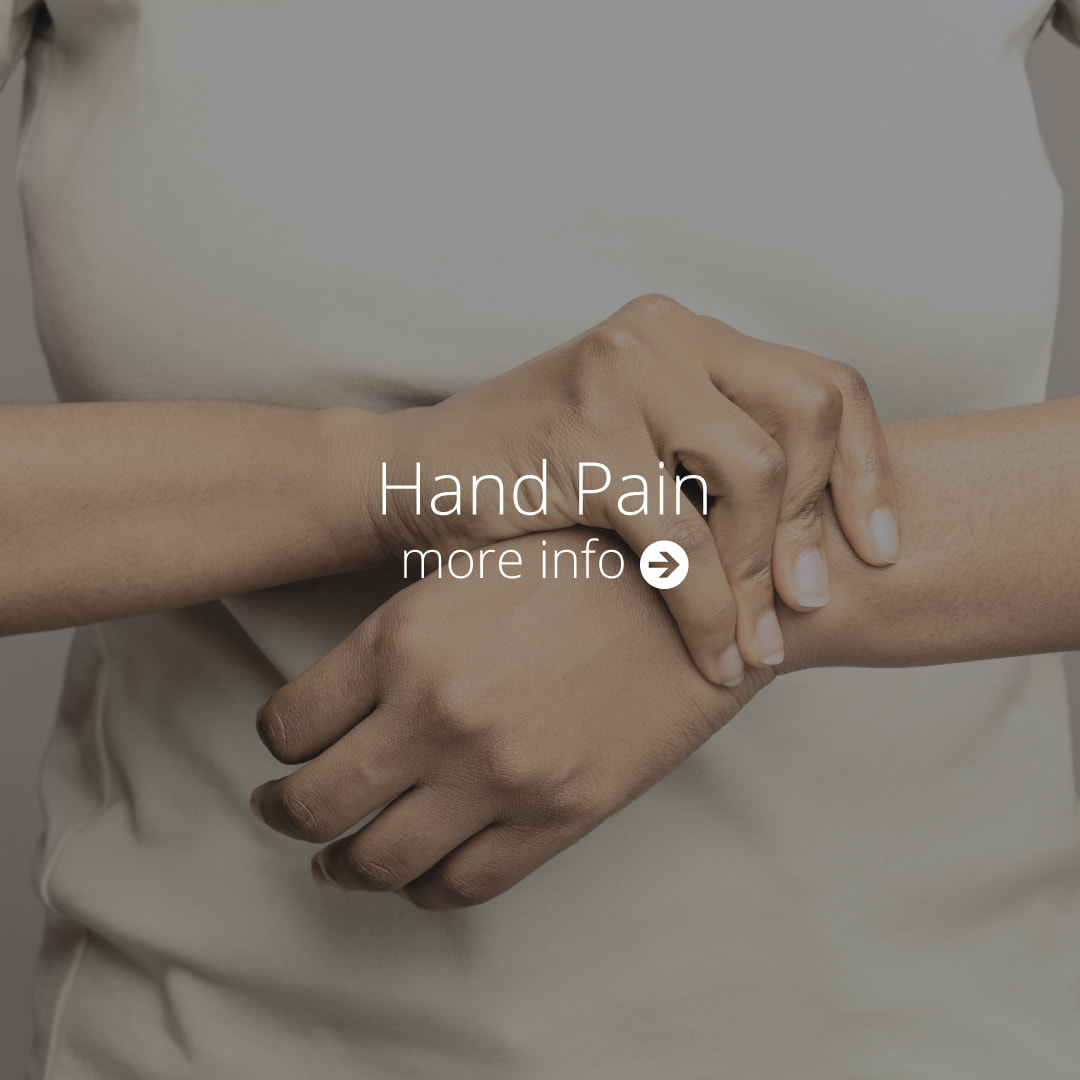If you suffer from a problem with your joints or soft tissue, an MRI can help your doctor determine the underlying cause and the most effective treatment. At Salina Ortho, the team offers convenient, in-office MRIs so you can skip the hospital visit and receive the care you need as soon as possible. To find out if an MRI is right for you, call the office or request your appointment online today.
MRI Q & A
How does an MRI work?
An MRI (magnetic resonance imaging) uses a magnetic field and radio waves to produce images of the organs and tissues inside your body. The MRI produces a magnetic field that realigns the water molecules in your body.
The MRI then produces a radio frequency signal that stimulates these molecules to produce a faint signal. The MRI sensors pick up these faint signals and use them to produce detailed, cross-sectional images of your internal structures.
An MRI is a safe, noninvasive way to examine your organs and soft tissue.
The MRI then produces a radio frequency signal that stimulates these molecules to produce a faint signal. The MRI sensors pick up these faint signals and use them to produce detailed, cross-sectional images of your internal structures.
An MRI is a safe, noninvasive way to examine your organs and soft tissue.
What conditions does an MRI diagnose?
At Salina Ortho, the team uses MRIs to diagnose a variety of conditions, including:
An MRI is an effective way to determine the extent and location of various types of soft tissue damage. An MRI can also help your doctor rule out other possible conditions like tumors or problems with your organs.
Salina Ortho offers in-office MRIs so you can receive an accurate diagnosis and treatment under the same roof. Salina Ortho works with your insurance company to get your MRI authorized prior to imaging study.
- Tendon injuries
- Muscle injuries
- Joint damage
- Disk abnormalities
- Tumors
- Torn or damaged ligaments
An MRI is an effective way to determine the extent and location of various types of soft tissue damage. An MRI can also help your doctor rule out other possible conditions like tumors or problems with your organs.
Salina Ortho offers in-office MRIs so you can receive an accurate diagnosis and treatment under the same roof. Salina Ortho works with your insurance company to get your MRI authorized prior to imaging study.
What should I expect from an MRI?
Prior to the MRI, you should remove any metal items such as jewelry, hairpins, underwire bras, or eyeglasses that may interfere with the magnetic imaging. An MRI machine is a long, narrow tube with a table that slides into the device.
During the procedure, you lay down on the table as your doctor or a technologist monitors from another room. Once the MRI is on, it creates a magnetic field around you and directs radio waves at your body.
An MRI is painless and can take anywhere from 45 minutes to an hour. If you suffer from claustrophobia, your doctor may administer a drug to help you relax during the procedure.
After the test, your doctor analyzes your results and discusses their findings. Unless you receive sedative medication, you can return to your usual activities immediately following the MRI.
An MRI provides your doctor with the information they need to develop the most effective treatment plan. To learn more, schedule your appointment at Salina Ortho by phone or request an appointment online today.
During the procedure, you lay down on the table as your doctor or a technologist monitors from another room. Once the MRI is on, it creates a magnetic field around you and directs radio waves at your body.
An MRI is painless and can take anywhere from 45 minutes to an hour. If you suffer from claustrophobia, your doctor may administer a drug to help you relax during the procedure.
After the test, your doctor analyzes your results and discusses their findings. Unless you receive sedative medication, you can return to your usual activities immediately following the MRI.
An MRI provides your doctor with the information they need to develop the most effective treatment plan. To learn more, schedule your appointment at Salina Ortho by phone or request an appointment online today.










